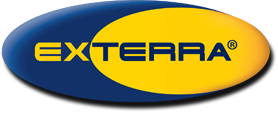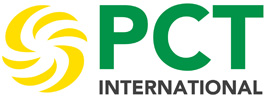The principle of monitoring techniques is to have a susceptible substance in an aggregation device (“monitoring station”) on which the termites aggregate and continue to feed once they have found the monitoring station. Monitoring stations can be placed in in-ground and above-ground situations. Placement of the stations in areas conducive to termite activity (“directed placement”) enhances the chances of contact with foraging termites.
A toxicant in timber or a cellulose matrix can be placed in the station or the colony may be indirectly destroyed by dusting aggregated termites. Some toxicants eliminate the colony while others suppress the colony. However, both methods reduce potential to cause further damage to timbers. Termite monitoring is most beneficial when used as part of an integrated-pest-management strategy. Colony elimination or suppression should be followed by hazard reduction and regular inspection.
Monitoring should continue because only a small amount of toxin is used and does not prevent foraging by other termite colonies that may be present in the foraging range of a timber structure.


 Your EXTERRA Termite Interception and Baiting System is there to protect you from the invasion of termites, continually.
Your EXTERRA Termite Interception and Baiting System is there to protect you from the invasion of termites, continually. NEMESIS is an Australian termite bait system designed to attract and eliminate termite colonies in a safe non invasive way. It uses an insect growth regulator(IGR), Chlorfluazuron, as the active constituent in the Nemesis bait.
NEMESIS is an Australian termite bait system designed to attract and eliminate termite colonies in a safe non invasive way. It uses an insect growth regulator(IGR), Chlorfluazuron, as the active constituent in the Nemesis bait.